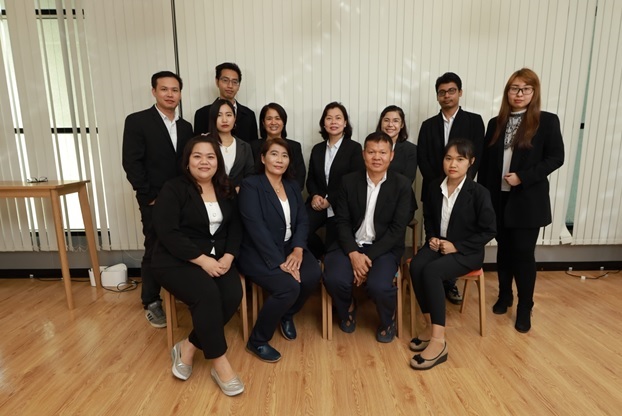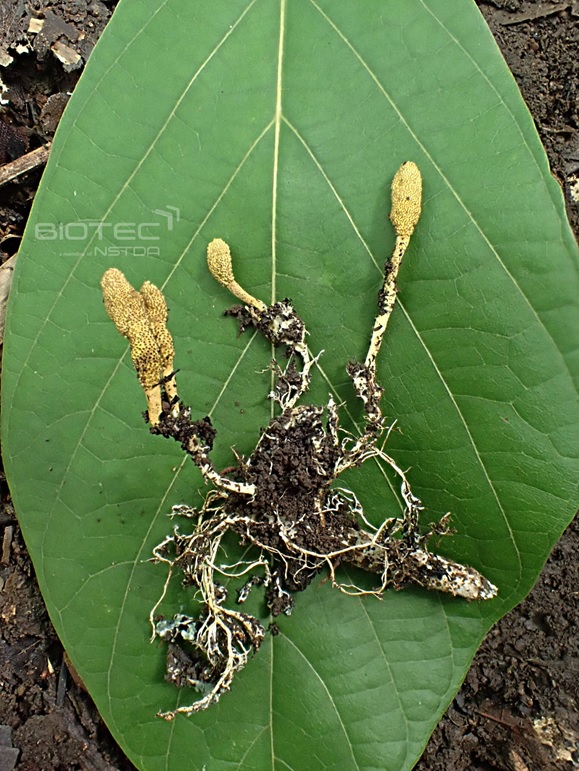Twenty-five years ago, BIOTEC-NSTDA embarked on the forest survey and building an entomopathogenic fungal collection under the leadership of Dr. Nigel L.H. Jones. Through the collaboration with universities and the Department of National Park Wildlife and Plant Conservation, BIOTEC research team has collected and identified over 400 entomopathogenic fungal species in Thailand, placing Thailand on the world map as the hotspot for this type of fungi. Because of their high insecticidal effectiveness, entomopathogenic fungi are commonly used as biopesticides. They are also a good source of bioactive compounds for various applications.

Last year, BIOTEC research team has uncovered 47 new species and 8 new genera of entomopathogenic fungi, making the team one of the most prolific teams in the world with regard to insect fungi investigation. Majority of newly discovered species belong to Metarhizium. Metarhizium species have been used for the biological control of insect pests that affect economically important agricultural crops such as caterpillar, beetle worm, adult beetle, cicada nymph, cicada and aphid, therefore this new discovery will potentially lead to the development of new biocontrol agents.
Other new findings include an antibiofilm producer Gibellula pigmentosinum with potential pharmaceutical application, new species of Blackwellomyces and Cordyceps and new hosts (Lepidoptera larva and adult beetle) of Beauveria gryllotalpidicola, for instance.
Eight new genera reported by the team last year are Keithomyces, Marquandomyces, Papiliomyces, Purpureomyces, Sungia, Yosiokobayasia, Neotorrubiella and Petchia. Forty-seven new species are listed according to the genus as follows:
- Metarhizium species: M. biotecense, candelabrum, M. cercopidarum, M. cicadae, M. clavatum, M. culicidarum, M. eburneum, M. ellipsoideum, M. flavum, M. fusoideum, M. gryllidicola, M. huainamdangense, M. megapomponiae, M. niveum, M. nornnoi, M. ovoidosporum, M. phasmatodeae, M. phuwiangense, M. purpureonigrum, M. purpureum and M. sulphureum
- Purpureomyces specie: P. maesotensis and pyriformis
- Blackwellomyces species: B. aurantiacus, roseostromatus, B. calendulinus and B. minutus
- Cordyceps species: C. brevistroma, inthanonensis, C. neopruinosa, C. parvistroma and C. araneae
- Neotorrubiella species: N. chinghridicola
- Petchia species: P. siamensis
- Beauveria species: B. mimosiformis
- Gibellula species: G. cebrennini, fusiformispora, G. pigmentosinum and G. scorpioides
- Akanthomyces species: A. noctuidarum, pyralidarum and A. tortricidarum
- Ophiocordyceps species: O. campes, longistromata, O. phuwiangensis, O. krachonicola and O. kobayasii


